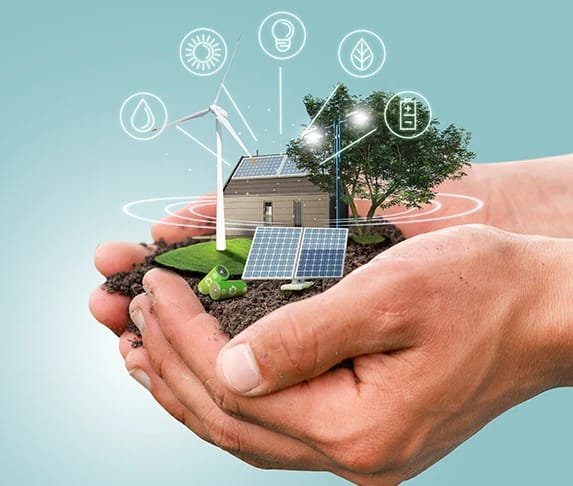Alternative Energy and Clean Energy: The Path to a Sustainable Future
In today’s world, the demand for alternative and clean energy sources has grown significantly due to the environmental and economic challenges posed by traditional fossil fuels. Alternative energy refers to energy sources that do not rely on fossil fuels, such as solar, wind, hydroelectric, geothermal, and biomass. Clean energy, on the other hand, focuses on reducing pollution and carbon emissions, contributing to a cleaner, healthier environment.
Alternative Energy Sources
The key alternative energy sources include:
1. Solar Energy: Solar power harnesses sunlight using photovoltaic cells to generate electricity. It is one of the most abundant sources of renewable energy and can be used in various settings, from individual homes to large-scale solar farms. With advancements in technology, solar energy is becoming more affordable and efficient.
2. Wind Energy: Wind turbines convert the kinetic energy of the wind into electrical power. This source of energy is most effective in areas with consistent wind patterns, like coastal or high-altitude regions. Wind energy is a leading source of renewable electricity worldwide.
3. Hydroelectric Energy: Hydropower uses the movement of water, typically through dams, to generate electricity. This form of energy has been used for centuries and remains a crucial part of the renewable energy mix, especially in countries with abundant water resources.
4. Geothermal Energy: This type of energy comes from the heat stored beneath the Earth’s surface. It is used for both electricity generation and direct heating. Geothermal power plants are typically located in geologically active regions such as Iceland and parts of the United States.
5. Biomass Energy: Biomass involves converting organic materials like plant and animal waste into electricity or biofuels. It is a renewable resource that can help reduce waste and generate energy at the same time.
Clean Energy: Key Benefits
Clean energy is energy that produces minimal or no impact on the environment. The main sources of clean energy include solar, wind, hydroelectric, and some forms of biomass and geothermal energy. The key benefits of clean energy include:
1. Reduction of Pollution: Clean energy sources produce little to no greenhouse gas emissions, unlike traditional fossil fuels that contribute to air pollution and climate change.
2. Sustainability: Unlike fossil fuels, which are finite, renewable energy sources like wind, solar, and hydropower are inexhaustible and can provide energy for generations to come.
3. Energy Security: By utilizing domestic renewable resources, countries can reduce their dependence on imported fuels, improving energy security and stability.
Differences Between Alternative and Clean Energy
Although often used interchangeably, alternative energy and clean energy have subtle differences:
Alternative energy refers to any energy source that is not derived from fossil fuels, including both renewable and non-renewable alternatives.
Clean energy refers specifically to energy that does not produce harmful pollutants or contribute to climate change. Therefore, while all clean energy is alternative, not all alternative energy sources are clean (e.g., nuclear energy is an alternative but not considered “clean” due to waste disposal issues).
Challenges and Opportunities
Transitioning to clean and alternative energy presents challenges, such as:
High Initial Costs: Many renewable technologies still have high upfront costs, which can be a barrier, especially in developing regions.
Intermittency: Renewable energy sources like solar and wind depend on weather conditions, which can make them less reliable than fossil fuels.
Infrastructure: Upgrading energy grids and building new infrastructure to accommodate renewable energy generation requires significant investment.
However, these challenges present opportunities for innovation. Advances in energy storage technologies, grid management, and more affordable renewable technologies are helping overcome these barriers, making clean energy more viable than ever.
Nottingham Professional College’s Role in Raising Awareness
In line with global trends in sustainable energy, Nottingham Professional College encourages its students to engage with and raise awareness on the importance of alternative and clean energy. Students are invited to submit educational videos on this topic via email for publication and sharing. This initiative offers students an opportunity to contribute to the global dialogue on sustainability and environmental responsibility.
Conclusion
Adopting alternative and clean energy solutions is crucial for addressing the growing environmental challenges we face. By investing in these technologies, we can reduce pollution, conserve resources, and build a sustainable energy future. As the world moves towards greener energy solutions, institutions like Nottingham Professional College play a pivotal role in fostering awareness and engagement among the next generation of leaders.




